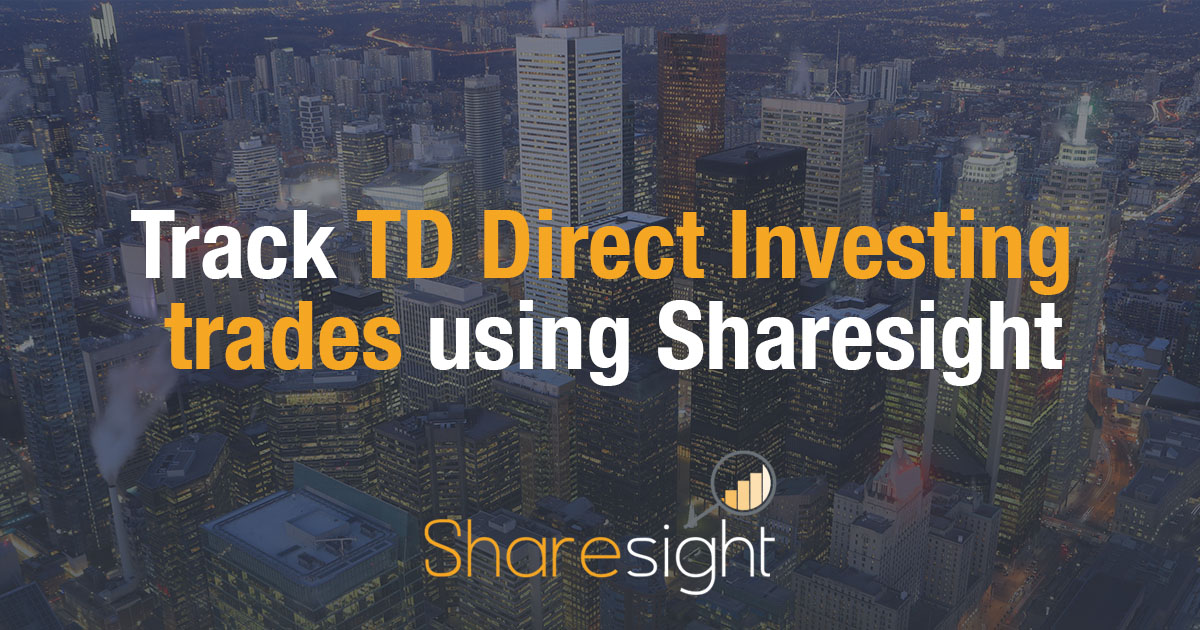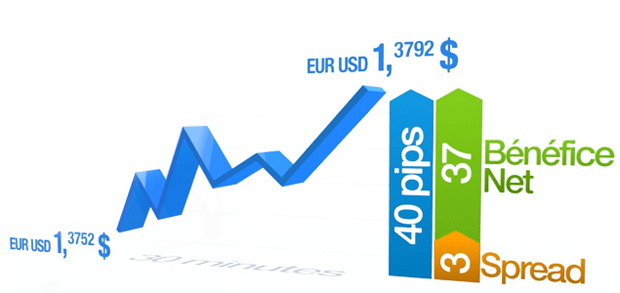
Trading in Nasdaq forwards has many benefits over the QQQETF. Nasdaq futures are eight times more traded than the QQQETF. Futures offer a great opportunity to invest with stocks that are high in growth and have low risk. There are many tax benefits to futures.
E-mini Nasdaq 100
E-mini Nasdaq100 Future Contracts are traded on NYSE. Nasdaq Stock Market Inc. will set the Final Settlement Pricing on the last Friday of each month. The Special Opening Quotation (Nasdaq 100 Index) is the basis of the final settlement price.
The E-mini Nasdaq 100 futures are based on the Nasdaq 100 Index, which is one of the world's largest stock indexes. The Emini Nasdaq 100 index includes 100 companies from major industries and 100 large corporations. It gives investors liquidity and the ability react to global events.

Nasdaq 100 index futures
On the Chicago Mercantile Exchange, Nasdaq 100 Index Futures can be traded. They are futures contract of the index. It was launched in 1996. These futures contracts were initially 100 times higher than the index. However, as time passed, the price soared dramatically. CME later launched e-mini Nasdaq100 index futures which are 20 times more expensive. These contracts were available for trading on the CME from March 2015 to March 2015.
The earnings reports from individual companies influence the price of NASDAQ 100. If a large company reports strong earnings, the index will rise in price. However, a company with a high earnings ratio will see its index drop if it announces poor earnings.
Contract multiplier
The price of an index, stock, or stock is the underlying asset of a Nasdaq forwards contract. For example, if the price of Stock A is $84, then a $100 increase in the price would be worth $480. For a short seller, a $100 decrease in the price would equal $500.
The NASDAQ futures contract was launched on June 21, 1999. It allows investors to speculate and hedge against the price movements of the Nasdaq Index. There are many futures instruments that use the NASDAQ index such as E-mini NASDAQ and NASDAQ-100.

Securities that are eligible to be included in the Underlying Index
A security must have a minimum of $100 million market capitalization to be included in the Underlying Index. An index is made up securities from different sectors or issuers. Nasdaq futures securities must meet minimum market capitalization requirements to be eligible for inclusion.
Eligible participants must pay a minimum of $.375 per security product, listed option, and unlisted derivative. Account guarantees may not satisfy margin requirements. The margin requirement must be satisfied in accordance with Section 11(d)(1) of the Exchange Act and SEA Rule 11d1-2.
FAQ
How do I invest on the stock market
Brokers are able to help you buy and sell securities. A broker can sell or buy securities for you. Brokerage commissions are charged when you trade securities.
Banks are more likely to charge brokers higher fees than brokers. Because they don't make money selling securities, banks often offer higher rates.
A bank account or broker is required to open an account if you are interested in investing in stocks.
If you use a broker, he will tell you how much it costs to buy or sell securities. He will calculate this fee based on the size of each transaction.
Ask your broker:
-
the minimum amount that you must deposit to start trading
-
If you close your position prior to expiration, are there additional charges?
-
What happens if your loss exceeds $5,000 in one day?
-
How many days can you keep positions open without having to pay taxes?
-
What you can borrow from your portfolio
-
How you can transfer funds from one account to another
-
What time it takes to settle transactions
-
The best way for you to buy or trade securities
-
How to avoid fraud
-
how to get help if you need it
-
Whether you can trade at any time
-
If you must report trades directly to the government
-
How often you will need to file reports at the SEC
-
Whether you need to keep records of transactions
-
If you need to register with SEC
-
What is registration?
-
How does it affect you?
-
Who is required to be registered
-
When do I need to register?
What is the main difference between the stock exchange and the securities marketplace?
The whole set of companies that trade shares on an exchange is called the securities market. This includes stocks, options, futures, and other financial instruments. Stock markets can be divided into two groups: primary or secondary. Stock markets that are primary include large exchanges like the NYSE and NASDAQ. Secondary stock markets let investors trade privately and are smaller than the NYSE (New York Stock Exchange). These include OTC Bulletin Board Over-the-Counter and Pink Sheets as well as the Nasdaq smallCap Market.
Stock markets are important because it allows people to buy and sell shares in businesses. It is the share price that determines their value. Public companies issue new shares. Dividends are paid to investors who buy these shares. Dividends are payments that a corporation makes to shareholders.
Stock markets provide buyers and sellers with a platform, as well as being a means of corporate governance. Boards of Directors are elected by shareholders and oversee management. Boards make sure managers follow ethical business practices. If a board fails in this function, the government might step in to replace the board.
What is security in the stock exchange?
Security is an asset which generates income for its owners. The most common type of security is shares in companies.
There are many types of securities that a company can issue, such as common stocks, preferred stocks and bonds.
The earnings per share (EPS), and the dividends paid by the company determine the value of a share.
If you purchase shares, you become a shareholder in the business. You also have a right to future profits. If the company pays you a dividend, it will pay you money.
You can sell shares at any moment.
Statistics
- "If all of your money's in one stock, you could potentially lose 50% of it overnight," Moore says. (nerdwallet.com)
- Even if you find talent for trading stocks, allocating more than 10% of your portfolio to an individual stock can expose your savings to too much volatility. (nerdwallet.com)
- Ratchet down that 10% if you don't yet have a healthy emergency fund and 10% to 15% of your income funneled into a retirement savings account. (nerdwallet.com)
- US resident who opens a new IBKR Pro individual or joint account receives a 0.25% rate reduction on margin loans. (nerdwallet.com)
External Links
How To
How to Open a Trading Account
To open a brokerage bank account, the first step is to register. There are many brokers on the market, all offering different services. There are some that charge fees, while others don't. Etrade, TD Ameritrade and Schwab are the most popular brokerages. Scottrade, Interactive Brokers, and Fidelity are also very popular.
Once you have opened your account, it is time to decide what type of account you want. You can choose from these options:
-
Individual Retirement Accounts (IRAs).
-
Roth Individual Retirement Accounts
-
401(k)s
-
403(b)s
-
SIMPLE IRAs
-
SEP IRAs
-
SIMPLE 401(k)s
Each option has different benefits. IRA accounts have tax advantages but require more paperwork than other options. Roth IRAs are a way for investors to deduct their contributions from their taxable income. However they cannot be used as a source or funds for withdrawals. SIMPLE IRAs have SEP IRAs. However, they can also be funded by employer matching dollars. SIMPLE IRAs have a simple setup and are easy to maintain. They allow employees and employers to contribute pretax dollars, as well as receive matching contributions.
You must decide how much you are willing to invest. This is known as your initial deposit. You will be offered a range of deposits, depending on how much you are willing to earn. You might receive $5,000-$10,000 depending upon your return rate. This range includes a conservative approach and a risky one.
After choosing the type of account that you would like, decide how much money. You must invest a minimum amount with each broker. These minimums can differ between brokers so it is important to confirm with each one.
After you've decided the type and amount of money that you want to put into an account, you will need to find a broker. Before selecting a brokerage, you need to consider the following.
-
Fees - Be sure to understand and be reasonable with the fees. Brokers will often offer rebates or free trades to cover up fees. However, many brokers increase their fees after your first trade. Don't fall for brokers that try to make you pay more fees.
-
Customer service – You want customer service representatives who know their products well and can quickly answer your questions.
-
Security – Choose a broker offering security features like multisignature technology and 2-factor authentication.
-
Mobile apps - Find out if your broker offers mobile apps to allow you to view your portfolio anywhere, anytime from your smartphone.
-
Social media presence - Check to see if they have a active social media account. If they don’t, it may be time to move.
-
Technology – Does the broker use cutting edge technology? Is it easy to use the trading platform? Are there any glitches when using the system?
After choosing a broker you will need to sign up for an Account. Some brokers offer free trials, while others charge a small fee to get started. You will need to confirm your phone number, email address and password after signing up. Next, you'll need to confirm your email address, phone number, and password. Finally, you will need to prove that you are who you say they are.
After you have been verified, you will start receiving emails from your brokerage firm. These emails contain important information and you should read them carefully. This will include information such as which assets can be bought and sold, what types of transactions are available and the associated fees. Be sure to keep track any special promotions that your broker sends. These could include referral bonuses, contests, or even free trades!
Next is opening an online account. An online account is typically opened via a third-party site like TradeStation and Interactive Brokers. Both websites are great resources for beginners. When opening an account, you'll typically need to provide your full name, address, phone number, email address, and other identifying information. After you submit this information, you will receive an activation code. Use this code to log onto your account and complete the process.
You can now start investing once you have opened an account!